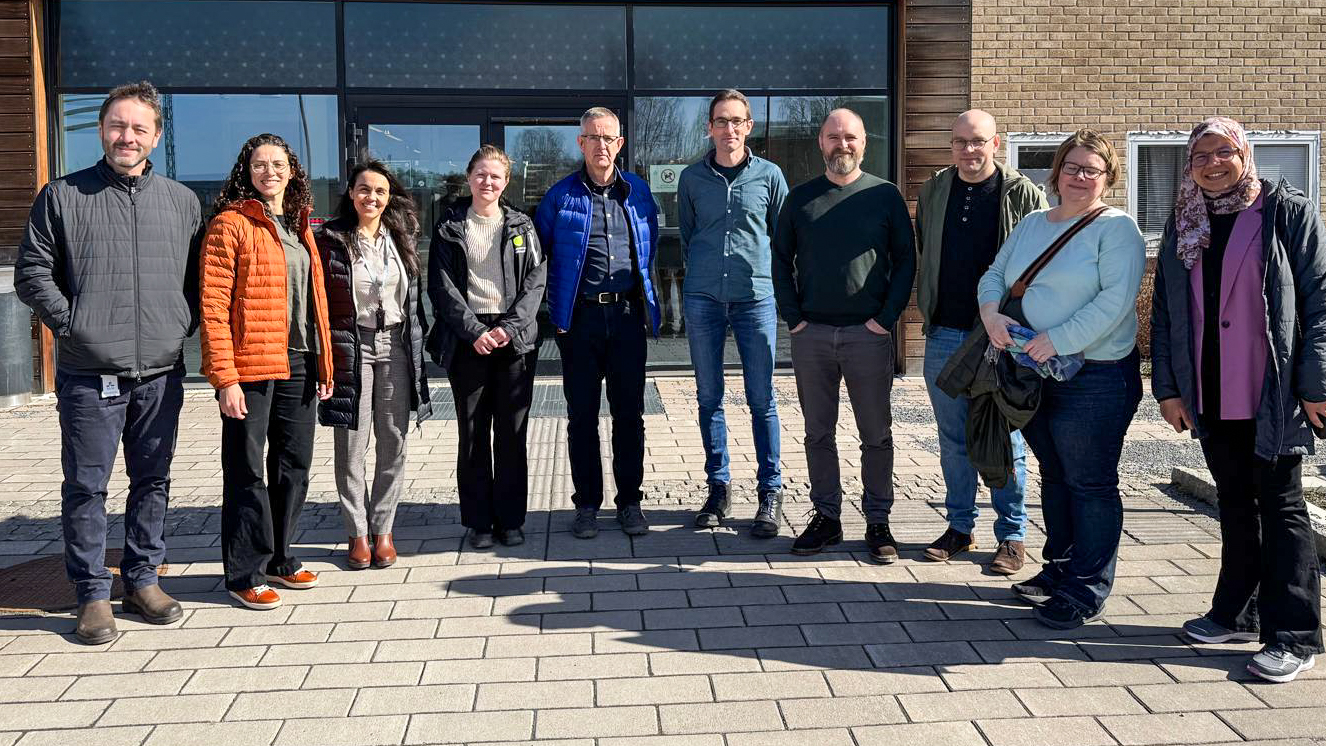News

New high-tech tools can optimize grass harvest
A new research project integrate advanced technologies to optimize the forage production of harvested grass fields. The first goal is a satellite-assisted tool for forage yield, quality and harvest predictions.
Date
11.06.2025


